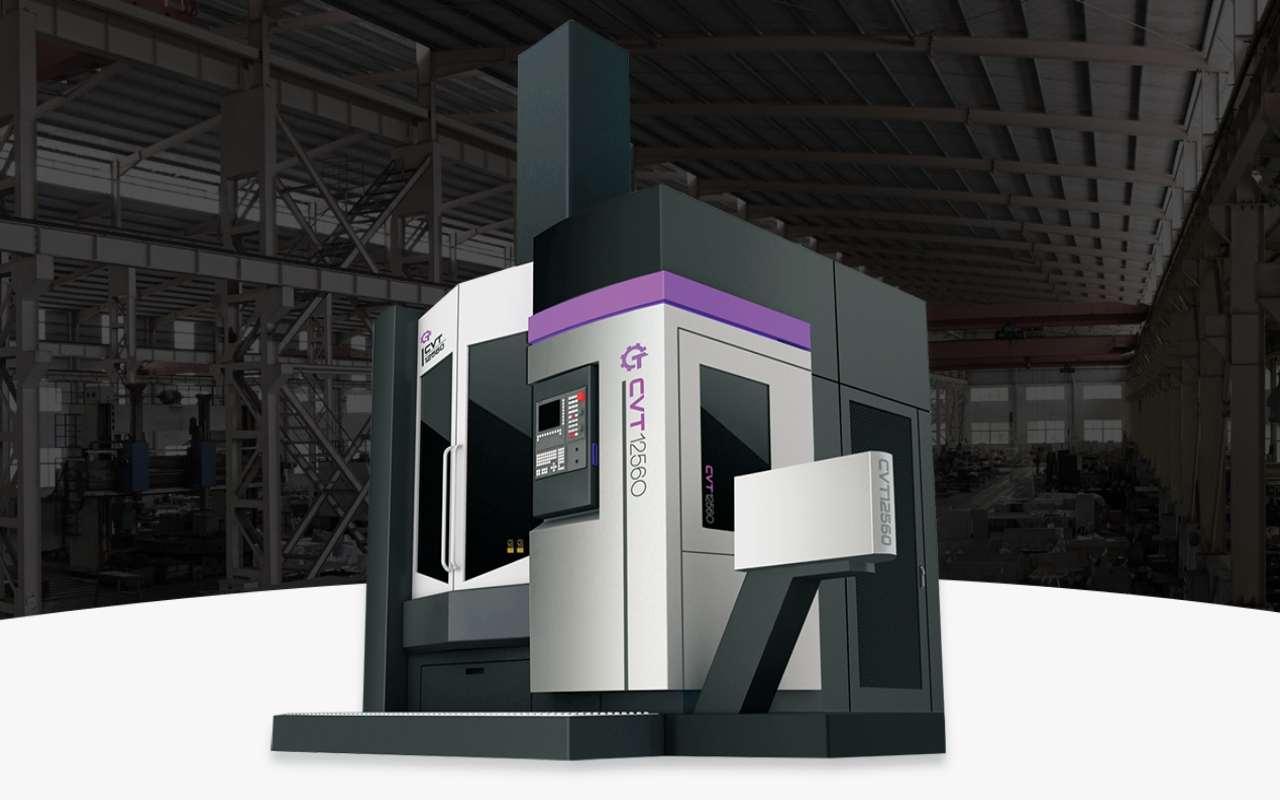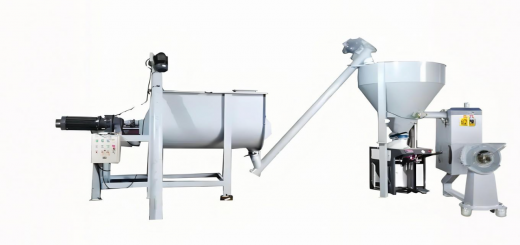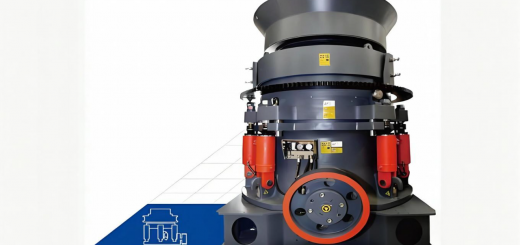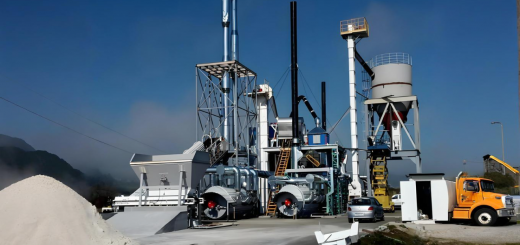Vertical Lathe: Heavy-Duty Turning for Massive, Non-Rotational Components

What is a Vertical Lathe?
A vertical lathe (vertical turning center/VTC) clamps workpieces vertically on a rotating table, enabling stable machining of oversized, unbalanced parts (up to 25-ton rings, gears, or molds) impossible for horizontal lathes.
Types of Vertical Lathes
- Single-Column
- Compact for parts ≤ Ø2.5m (e.g., flanges, wheels).
- Double-Column
- Gantry-style for Ø3–12m wind turbine bearings.
- Turret-Type
- 12-station tool turret for high-mix production.
Key Advantages
- Gravity Utilization: Prevents part deflection during heavy cuts.
- Floor Space Savings: 40% smaller footprint than horizontal equivalents.
- Chip Management: Chips fall away freely, avoiding recutting.
- Rigidity: Handles >1mm depth of cut in hardened steel.
Applications
- Mining: Crusher rings, excavator hubs.
- Power Generation: Hydroelectric turbine runners.
- Shipbuilding: Propeller hubs, rudder stocks.
Operation Steps
- Part Mounting: Bolt workpiece to table using T-slots.
- Tool Selection: Roughing inserts (IC808 grade) for stock removal.
- Facing/Boring:
- Table rotates at 5–200 RPM.
- Ram-mounted tools face surfaces and bore holes.
- In-Process Measurement: Touch probes verify diameters.






